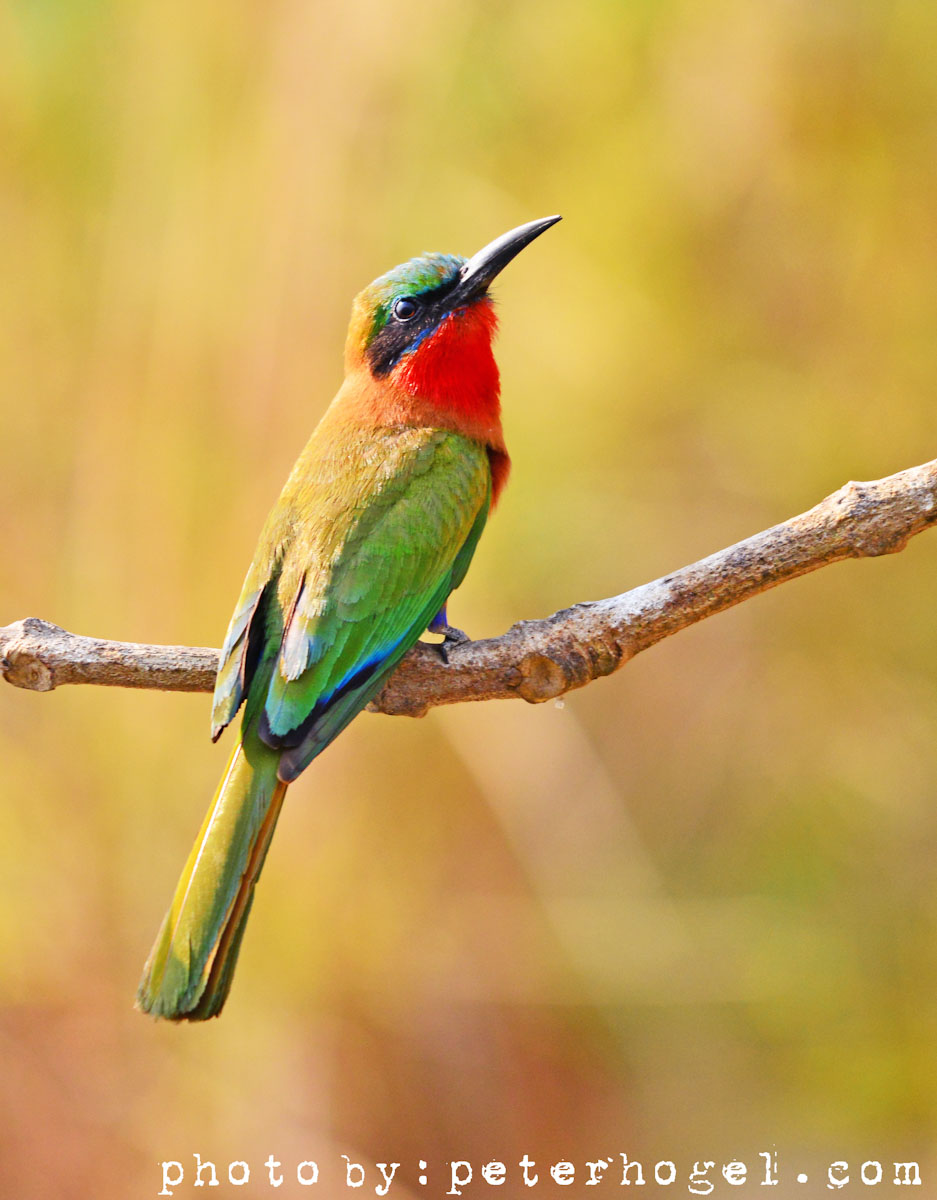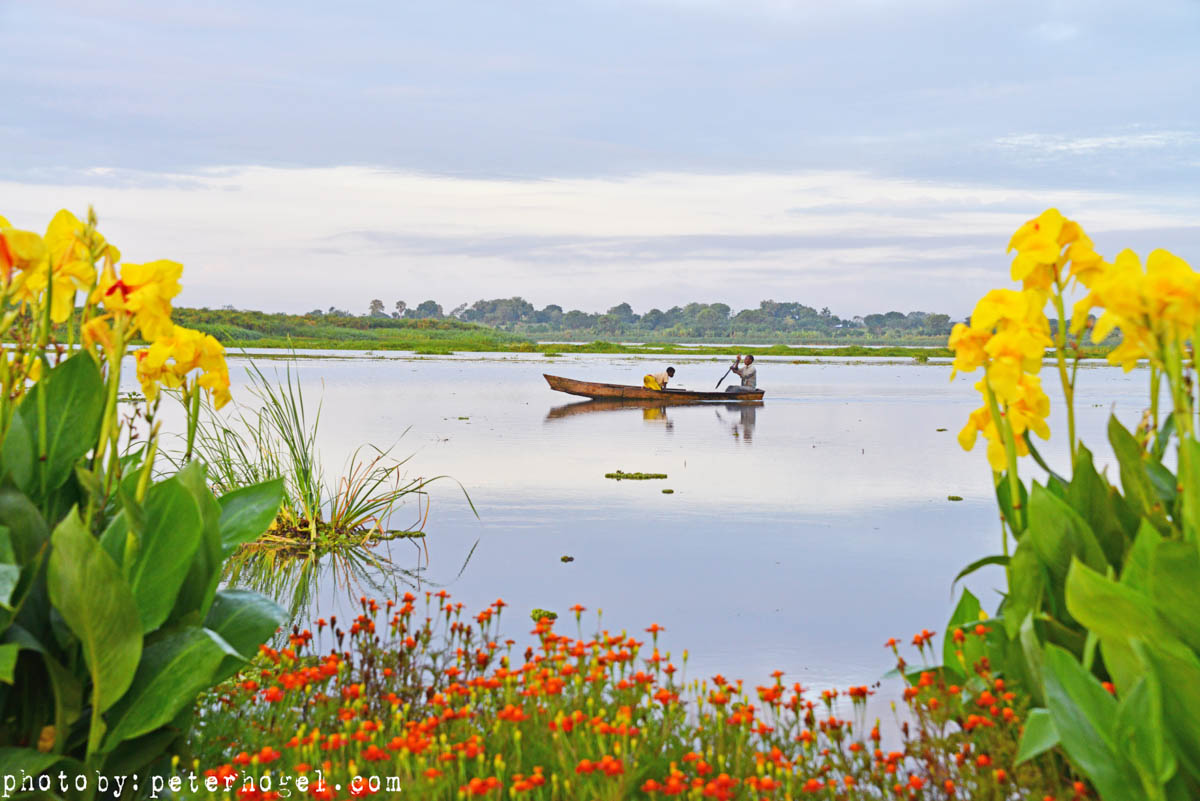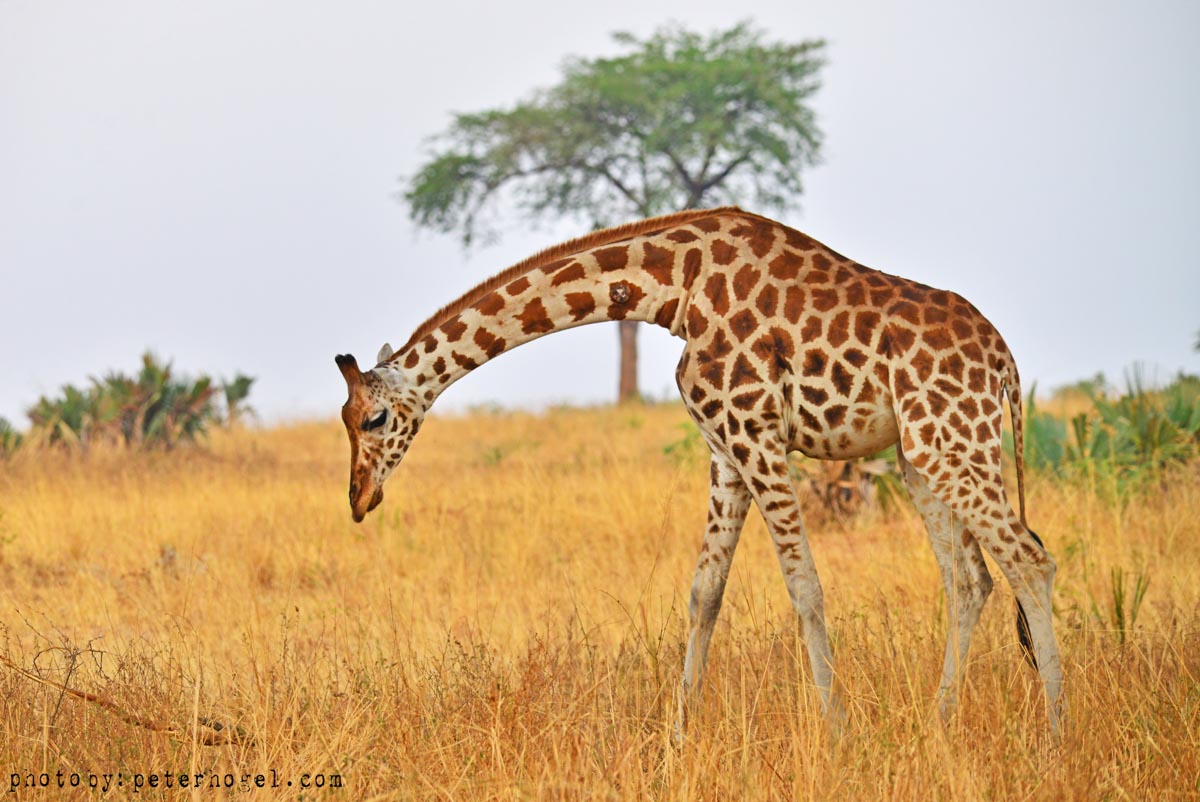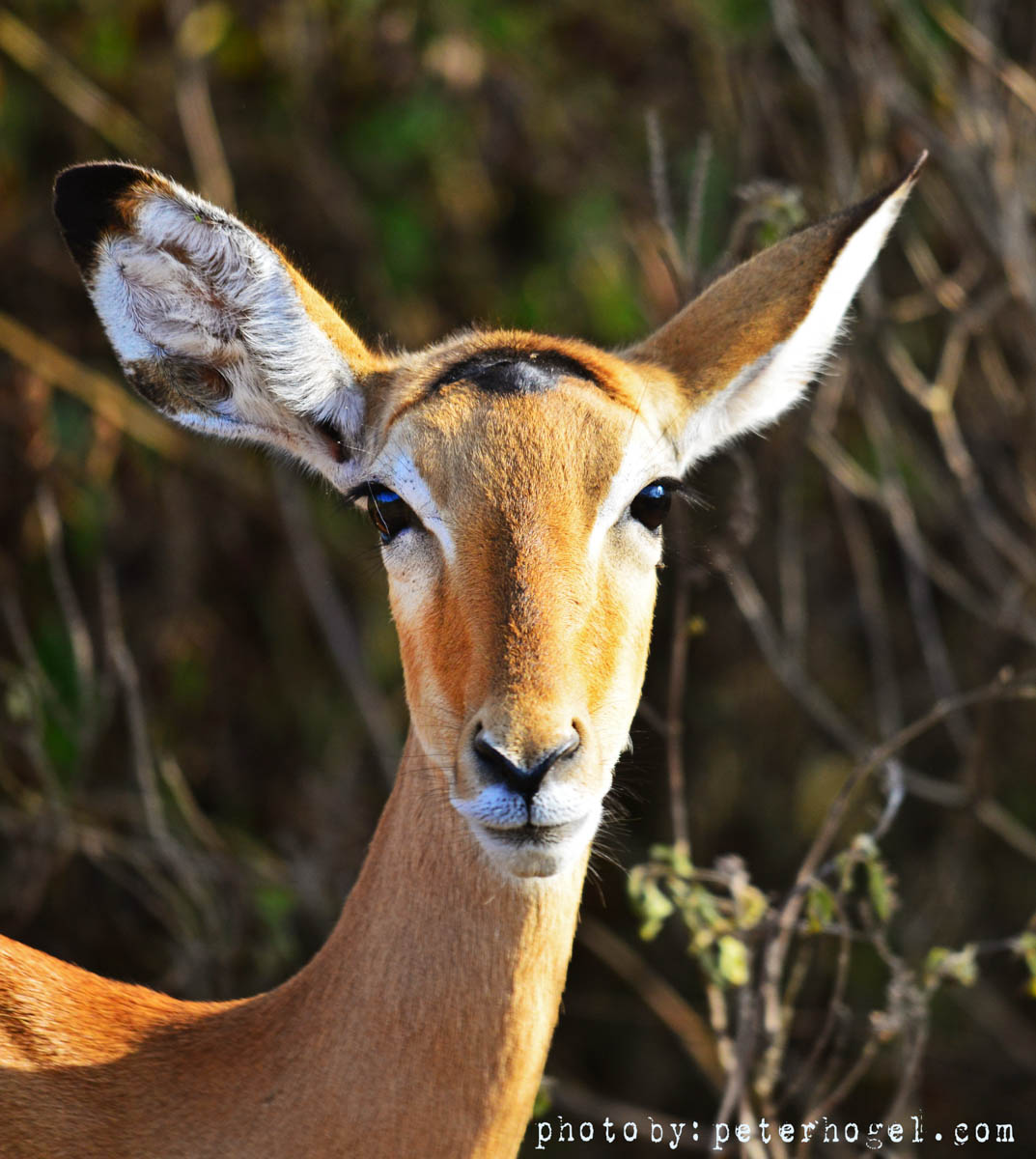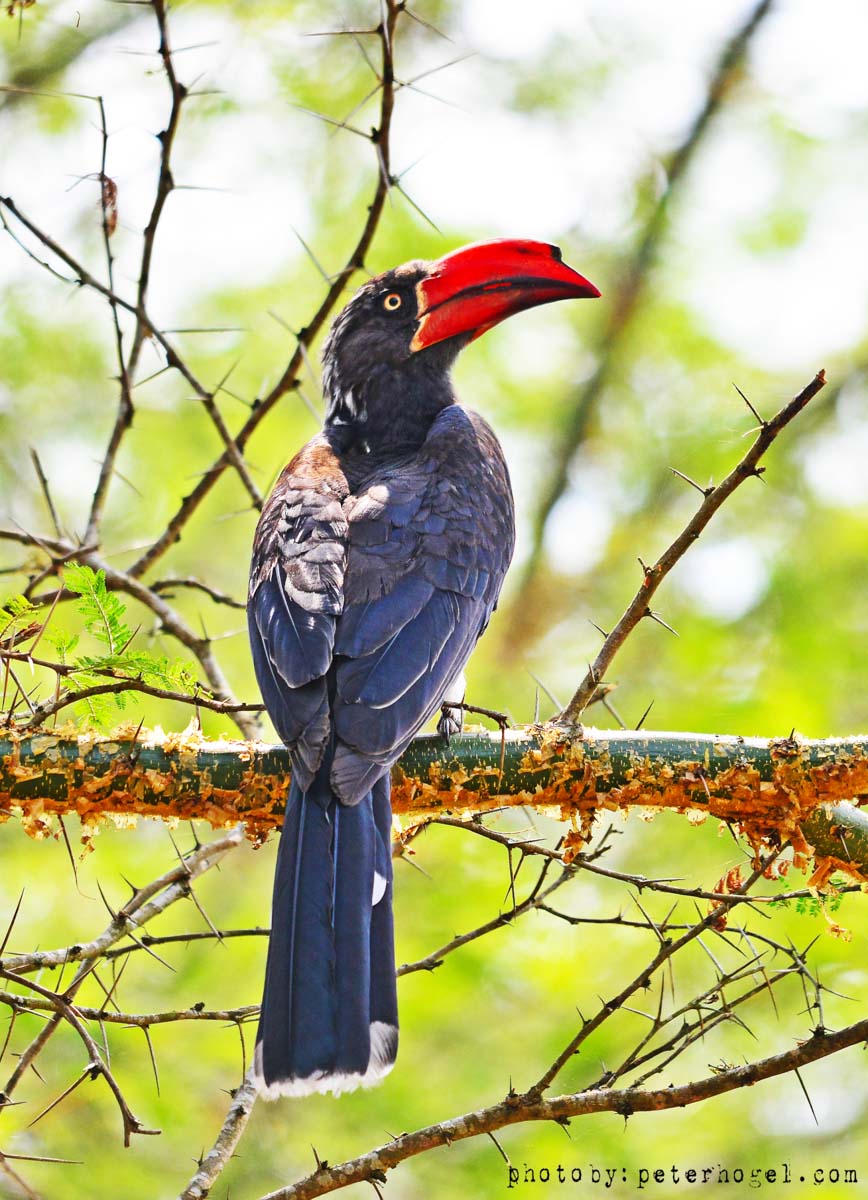
4 DAYS – NGORONGORO AND SERENGETI NATIONAL PARKS
If you want to see the Great Migration of wildebeests, you must go to the Serengeti Valley. The migration takes place in Tanzania from October to the end of July, moving clockwise around the Serengeti and then off to Kenya for two months. However, because wildebeests are still present in Tanzania for most of the year, we wholeheartedly recommend that you witness this once-in-a-lifetime event. Furthermore, the tour begins with the magnificent Ngorongoro Crater, which is on the way to the Serengeti and serves as a gateway to the vast valley. In this world, predators and herbivores coexist.
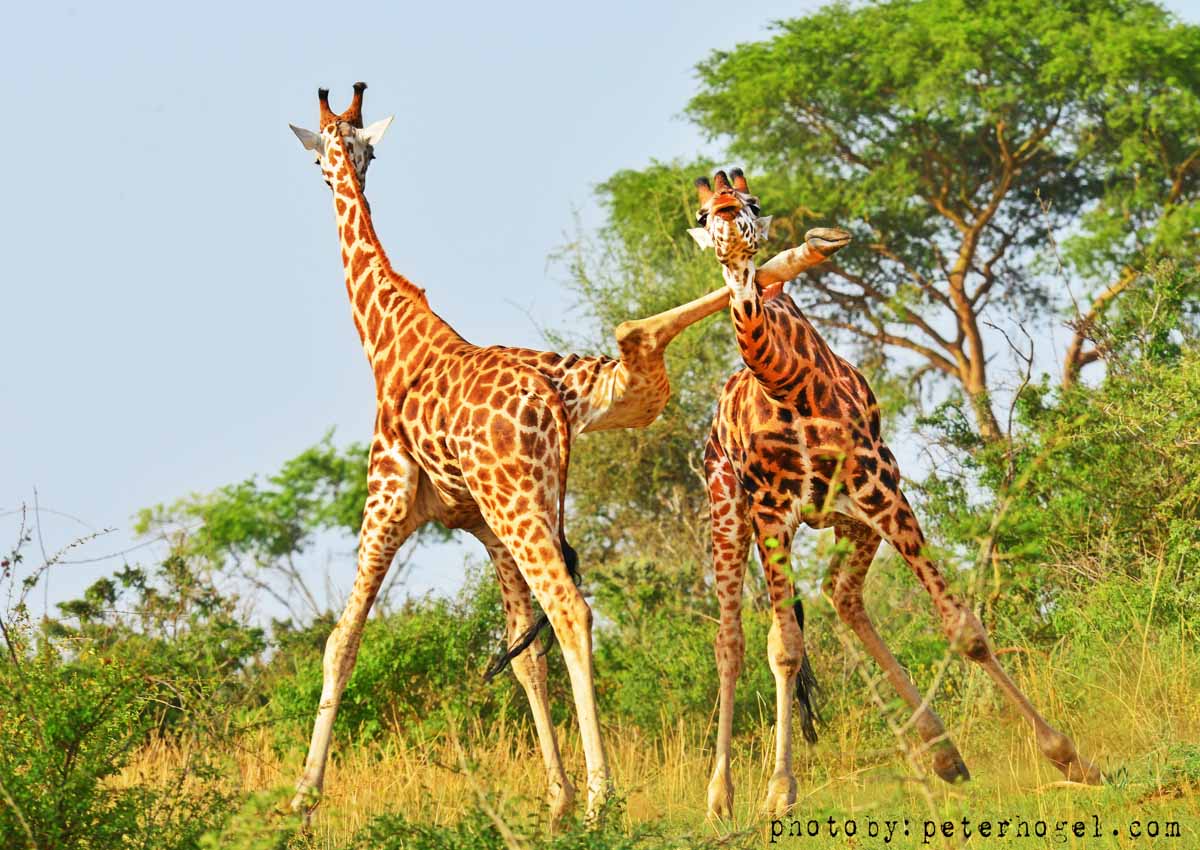
Package Itinerary - 4 days, 5 nights!
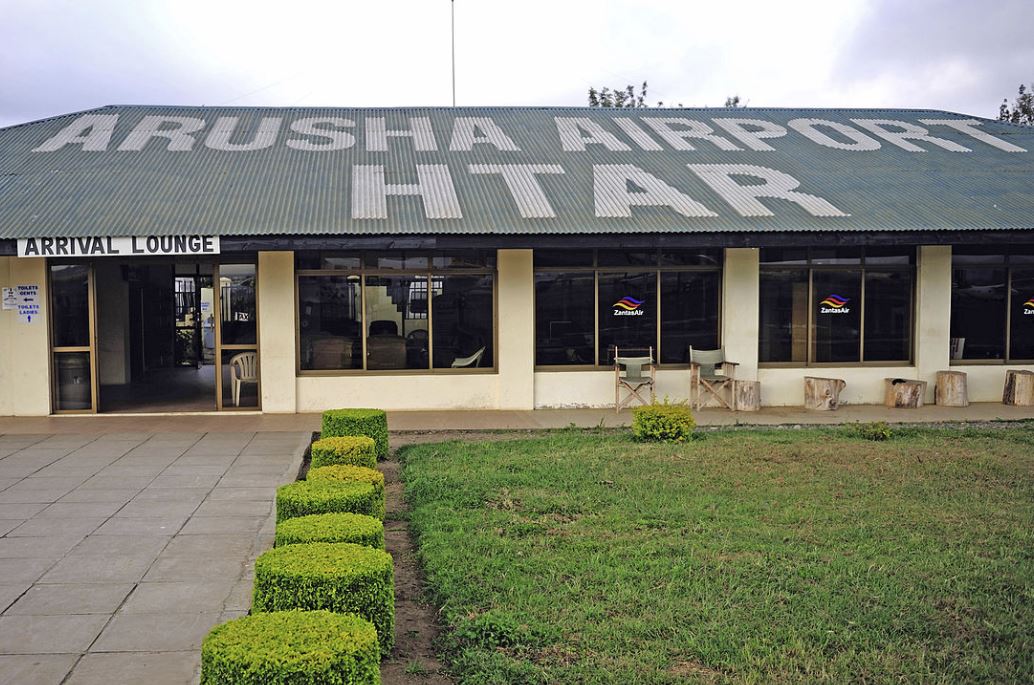
You will be greeted by a Hartlaub’s Travel representative on your arrival at Kilimanjaro International Airport (JRO) and transferred to a hotel in Arusha.
Please keep in mind that the hotel fee only includes breakfast. Check-in begins at 2:00 p.m.

It is best to leave the hotel as early as possible on this day to see the variety of animals that are only active in the morning hours; breakfast will be packed in lunchboxes specifically for this purpose. You will leave the hotel at 6:30 a.m. for Ngorongoro Conservation Area and you will be inside the crater in about an hour.
By lunchtime, you will arrive at the lake's edge, where you will be served lunchboxes before continuing your safari, which will conclude in a few hours with a transfer to Serengeti National Park. In the evening, you will be transferred to a hotel in the Serengeti's heart.
Ngorongoro is one of Tanzania's most famous and interesting national parks, with the greatest number of different animal species per square kilometre. There will be buffalo, elephants, lions, wildebeests, zebras, hippopotamuses, and feline species such as caracals and servals to see. The most fortunate visitors may even come across a rhinoceros, an endangered species whose numbers are rapidly dwindling.
During your journey, you will also see a memorial to two West German researchers, Bernhard, and Michael Grzimek. It is because of them that Northern Tanzania National Parks have survived to the present day in their natural state. Their entire story can be found in the book "Serengeti Shall Not Die," which can be purchased on Amazon.com for USD 10–25.

After breakfast, you will go on a safari in the park's eastern and southern sections. Most of these areas are savannas with wide open spaces, making it possible to see cheetahs hunting antelopes. In the evening, you will be transferred to a hotel where you will eat and rest.
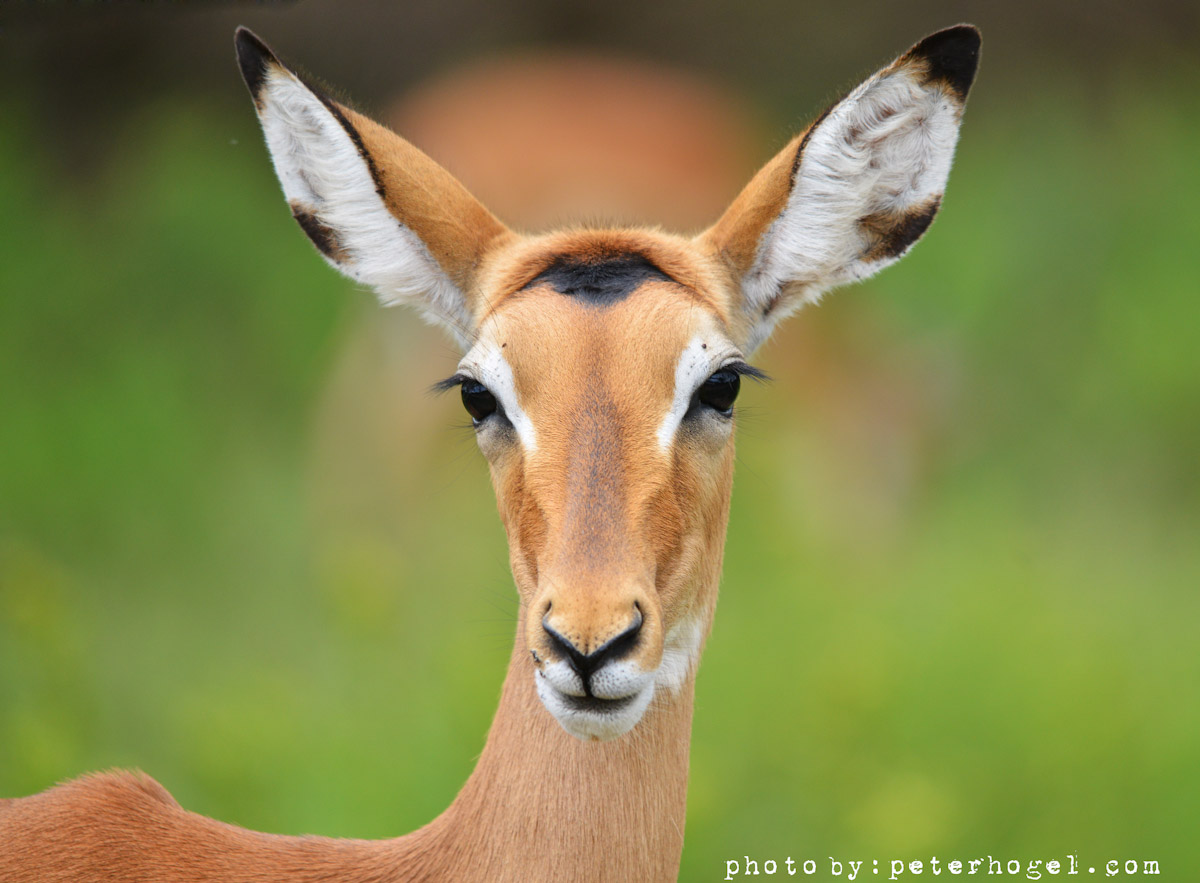
After breakfast, you will be transferred to the Serengeti's central region to begin your safari (also called Seronera). Here, your driver will try to locate the animals that you are most interested in. You will visit the Serengeti Visitor Centre closer to lunchtime, where you will be given a lunchbox and given a wealth of information not only about the animal populations, but also about the history of the National Park. In addition, hyraxes, the elephant's closest relatives, can be found in this area. By the evening, you will be transferred to the Serengeti's northern region and then to your hotel.
It is difficult to describe all the animals of the Serengeti valley in detail because there are thousands of them: elephants, buffalo, ostriches, giraffes, jackals, hyenas, lions, antelopes, leopards, and cheetahs—just keep your eyes peeled and enjoy the nature around you.
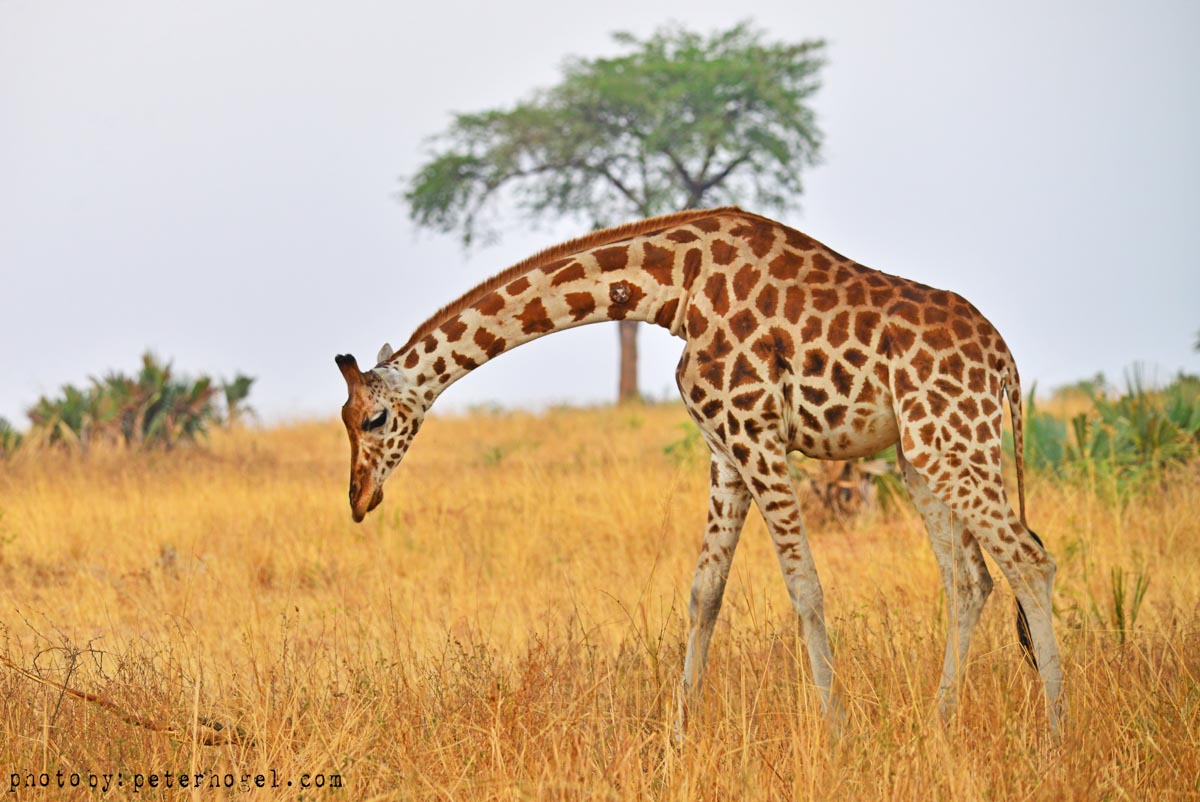
Wake up, have breakfast and begin your game drive through the northern Serengeti, which is in a class of its own in terms of landscape and fauna diversity. On this day, you can see animals that only live in the park's most remote areas. By the evening, you will have completed your safari and will return to your hotel in Arusha.

Rest at the hotel before transferring to the airport.
Please keep in mind that the hotel's check-out time is 11:00 a.m. If you need to check out late due to an evening flight, you can extend your hotel stay until 6:00 PM for an additional fee.
Package Pricing
 One Person: $4,453.00
One Person: $4,453.00
 Two People: $2,869.00
Two People: $2,869.00
 Three People: $2,457.00
Three People: $2,457.00
 Four People: $2,204.00
Four People: $2,204.00
 5+ People: $2,090.00
5+ People: $2,090.00
 One Person: $5,647.00
One Person: $5,647.00
 Two People: $3,787.00
Two People: $3,787.00
 Three People: $3,468.00
Three People: $3,468.00
 Four People: $3,122.00
Four People: $3,122.00
 5+ People: $3,063.00
5+ People: $3,063.00
 One Person: $9,762.00
One Person: $9,762.00
 Two People: $6,549.00
Two People: $6,549.00
 Three People: $6,457.00
Three People: $6,457.00
 Four People: $5,940.00
Four People: $5,940.00
 5+ People: $5,742.00
5+ People: $5,742.00

